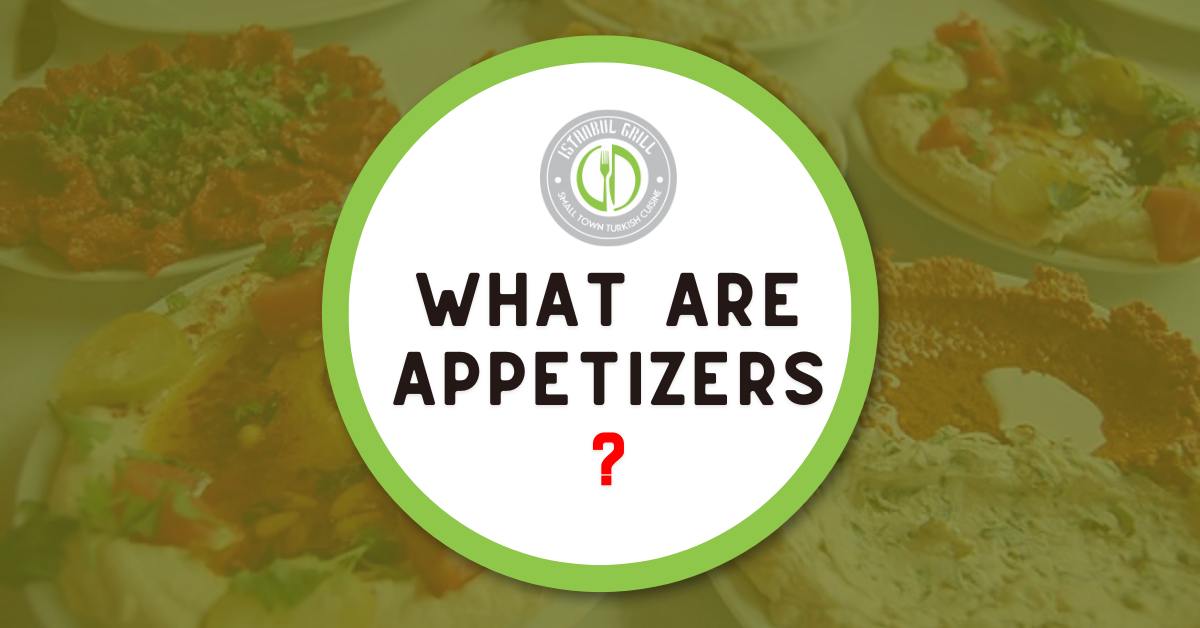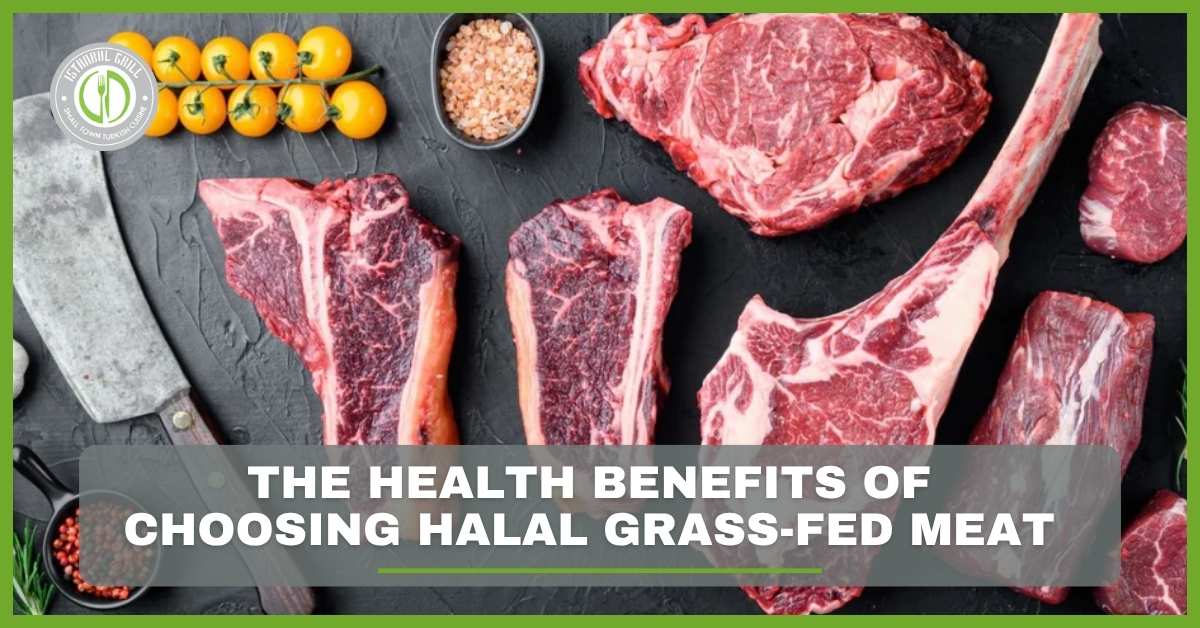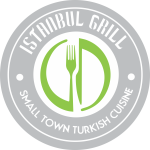Today, snacks” in one form or another are an integral part of the eating traditions of almost all the world’s countries. Normally, restaurants offer small portions of appetizers before meals to create the needed appetite. As we all know, appetizers are food items that serve as an opener, whether you are dining in an upscale restaurant or preparing for a cocktail party. Having appetizers sets up the expectations for the rest of the meal that will be served. Hors d’oeuvres are a delicate ensemble from light to intense flavors and a heap of appetizers.
But appetizers are not only about taste; they have a much greater function. Whether Mediterranean dips served on a plate; sushi rolls for entrée, or crispy fried calamari served in a basket, appetizers provide a taste of what to expect from a meal. The design of appetizers was to be bite-sized and served in a communal style, guiding the flow of conversation among those seated at the table.
So, in this article let us get a closer look at the appetizers. In this article, we will discover their use, which types are the most beneficial to our body, and what factors one needs to focus on when selecting an appetizer for the next meal. We will also address some questions that may arise, such as whether someone can take the appetizers alone. Let’s begin!
Table of Contents
- What is the main purpose of appetizers?
- Which appetizers are good for health?
- What comes after appetizers?
- How do I choose the right appetizer?
What is the main purpose of appetizers?
According to its definition and usage, appetizers or starters have certain roles and functions in food consumption. The purpose of these portions is to whet your appetite, allowing you to avoid eating any more of the course being served. The design of these small portions compels you to look forward to the main exciting meal, which will stimulate your taste buds. With their different tastes, textures, and aromas, appetizers provide a preview of the style of the upcoming meal, thereby building up your expectations.
In social events, appetizers also have the most vital function of ice breaking. They foster interaction as guests engage with each other as they savor appetizers They can be as simple or elaborate as the theme and the occasion require.
The kind of foods one can prepare is endless—you have your soups and salads, finger foods, and dips to mention but a few. Their role is not limited to hunger satisfaction but to set the stage for the stomach by preparing it for the next levels. An appetizer, chosen correctly, will do much to supplement the overall dining experience, to improve each subsequent course in some way.
What should one consider as healthy appetizers?
Not all appetizers are alike especially concerning their nutritional values. On the brighter side, most options give a healthy beginning to a meal plan. Opting for foods rich in nutrients as appetizers enables the consumer to have delicious, tasty mouthfuls without taking in a lot of calories, fat, or salt.
Priming with vegetables is always recommended because vegetables are healthy, they assist in the management of fats and sugars. Bruschetta with fresh tomatoes, raw cucumbers with yogurt dip, and baked bell peppers are good examples of finger foods that are rich in vitamins, minerals, and fiber. They are almost calorie free and hence when taken they complement other foods because of the crunch feel they bear. Lean proteins are also good appetizers because they will help one sustain a healthy appetite. Proteins and low-fat contents: chicken barbecue skewers; shrimp cocktail and smoked salmon bites. They are rich in portions that provide a satiety moment without pre-empting your appetite for the main course.
Today the public has been made aware of the health impact of eating greenery more appetizers and menus offer more plant-based delicious food such as hummus, avocado toast, or lentil patties.
What comes after appetizers?
Desserts follow beverages yet diners from different cultures have different ways of moving to the next course as explained below. The entrée or the main dish serves as the main course, occupying the center of the meal and representing the largest portion. Chefs can prepare these dishes with various ingredients, including meat such as steak, chicken, or fish, as well as vegetable and grain options like pasta, grain bowls, or soups. This dish holds the utmost importance because it showcases the chef’s abilities and serves as the foundation of the entire eating plan.
In some cultures, restaurants serve a soup or salad between appetizers and entrees, or you may also choose to call it a first or second course. This practice cleanses the palate, allowing diners to savor the rest of the meal, which is often thicker in consistency. For instance, if hosts entertain a formal French dinner, they may serve a soup such as a consommé after the first course but not the second, positioning it between the first and second courses.
The last course usually brings a sweet dish after diners enjoy a serious meal, called dessert. Nevertheless, not all meals follow this structure. Some of the new dining experiences include small plates that combine appetizers and entrees, giving patrons a taste of an actual meal.
How do I choose the right appetizer?
Therefore, choosing the appropriate appetizer might involve some considerations. First, let’s consider what type of meal you are carrying out or ordering. If your choice for the main meal is something very filling and perhaps oily such as steak or creamy pasta, then you should not overpower yourself with a heavy appetizer like lambda_ fried vegetables, seafood, or salads. This will help in moderating the quantity of food that you take so that you do not get over-stuffed.
On the other hand, if your main course is relatively lean you can opt for a slightly richer appetizer. A cheese platter, fried calamari, or stuffed mushrooms can complement and enrich the general dining experience and satisfy your appetite.
Another factor to consider is the desire of your guests or the people you will be dining with. It is also important to keep a variety of appetizers on hand in case some individuals cannot eat certain foods, such as vegetarians or non-vegetarians. Additionally, you should take into account whether the attendees have allergies to certain foods or are vegetarians when deciding on the type of food to serve.
Finally, always consider when the event ought to be taking place since this is an important element in planning an occasion. For formal dinners what you can offer are more elaborate appetizers such as smoked salmon or escargot. Thus, for a more relaxed occasion, some dishes such as chips and salsa, burgers, or vegetables might be more appropriate.
FAQs
Should I eat appetizers?
Of course, appetizers are one of the perfect meal starts which are to make you feel hungry. They also offer an opportunity for testing various tastes and almost all the cons.
Is there any benefit of having appetizers for the health of a person?
Note that some appetizers can be quite healthy when chefs prepare them with fresh vegetables, non-saturated fats, lean proteins, and whole grain items. For the best results prefer to include foods that are rich in nutrients in the meals that you take.
What does it mean to eat an appetizer, can you eat an appetizer as your meal?
Absolutely! Most of the appetizers therefore can be quite wholesome especially if you select those containing proteins or fibers.






